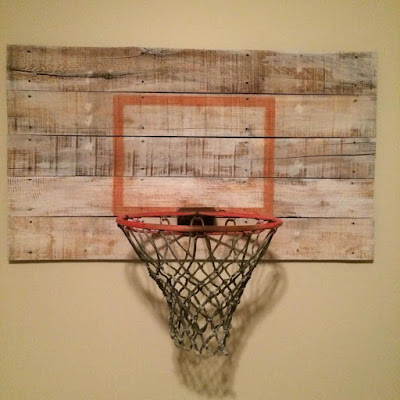Basketball is a game that requires a lot of practice, and it also needs to be played with the right equipment. You can't play basketball indoors all the time; sometimes you need to go outdoors and practice your skills in an open area. If you have no access to indoor courts or gyms, then it's important for you to know how to pick the best outdoor basketball backboards so that you can enjoy playing outside with your friends or family members anytime during the year. Here are some tips that will help you find an ideal outdoor Basketball Backboards.
Consider the use.
When it comes to choosing a backboard for your hoop, there are three main things you should take into consideration:
The size of your driveway or yard. If you're just playing in your driveway or yard and don't have access to an official basketball court, any backboard will do. However, if you play on an official court and want to be able to use the same equipment as other players around town, then it's important that your hoop meets league standards so that everyone has confidence in its performance and safety. Likewise, if you plan on using the hoop at a gym where they offer after-school programs or private lessons (like we do), then it's crucial that they are aware of what kind of equipment has been installed so they can provide appropriate guidance when necessary.
The target audience for which it was designed. If this is going up at home where only family members will be using it regularly—and especially if no one else plays sports—then there probably isn't much concern about what kind of material goes into making up their new backyard basketball setup; however if this is going up at school where many kids play different sports throughout their academic careers (or even over multiple generations) then those parents may want something more durable since children can get quite rough with each other during games!
Choose a backboard material.
The first thing you'll want to do is choose the material of your backboard. The most popular options are plastic, glass, and wood, but there are also other materials available like composite and acrylic.
Plastic backboards are the most affordable option and weigh less than glass or wood backboards. They're also easier to install since they don't require drilling into walls or ceilings like glass or wood backboards do; plastic just clips on with suction cups. Plastic won't last as long as glass or wood though—it can crack if hit too hard by a ball, so it's best for younger players who generally don't use their basketballs as weapons against the hoop (and each other).
Choose a rim and net.
The rim and net are the two most important parts of an outdoor basketball system. The rim is the part of your backboard that your ball will bounce off, while the net is what your ball will go through when you make a shot.
The size, shape, and color of these components are up to you—but there are some general rules to follow when choosing them.
In general:
The height of your pole should be between 10 feet and 12 feet tall so it can be seen by players from across a field or court (do not exceed 15 feet).
If you’re purchasing a portable hoop system with no pole included in its design, look for one with adjustable height capabilities for convenience in matching up with different surfaces (such as concrete vs grassy areas).
Conclusion
To ensure that you get the best value for money, it is important to know all the factors that influence the price of a Basketball Backboards. It is advisable to read through this article before purchasing your next outdoor basketball backboard so that you can make an informed decision and avoid future regrets.

